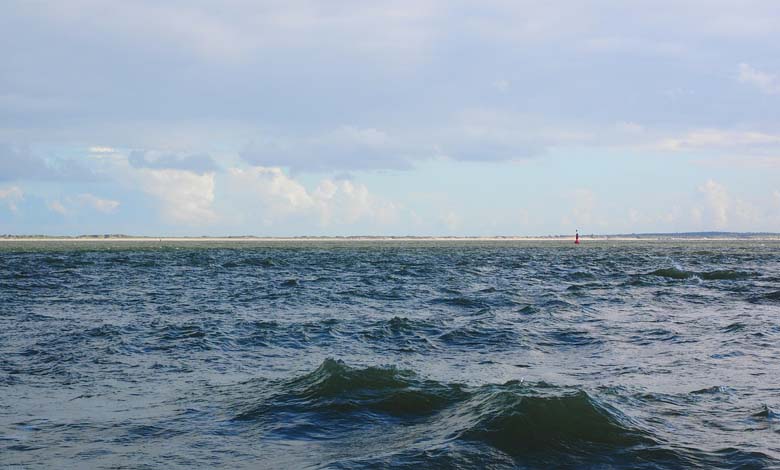How does climate change affect the acidity of the Southern Ocean?

The threat of global warming has extended to the Southern Ocean, with intensifying extreme weather events and unprecedented climate disasters.
In the southern hemisphere lies the Antarctic continent, where silence and tranquility are interrupted only by the sounds of the wind and perhaps some animals seeking their food. Surrounding that continent is the Southern Ocean, the fourth-largest ocean in the world. However, a recent study has shown that due to climate change, ocean acidity is expected to increase by 2100, negatively impacting marine life and threatening biologically diverse regions. The researchers published their findings in the journal “Nature Communications” on January 4, 2024.
Threat to Organisms
Ocean acidification refers to a decrease in pH levels, indicating an increase in acidity. The study anticipates a pH decrease of 0.36, resulting in a more than 100% increase in acidity compared to water acidity levels in the region during the 1990s. This acidity increase occurs in the upper part of the ocean waters up to a depth of 200 meters, posing a threat to marine biodiversity, including penguins, whales, and other species accustomed to specific acidity conditions.
Human Impact
The phenomenon of global warming has exacerbated after the industrial revolution, adversely affecting ecosystems and visibly impacting life on Earth. In 2015, during the 21st session of the Conference of the Parties (COP21) in Paris, parties pledged to maintain global average temperatures below 1.5 degrees Celsius by 2030. However, 2023 recorded the highest temperatures ever, reaching 1.48 degrees Celsius above pre-industrial levels.
On the other hand, oceans play a crucial role in mitigating planetary heat, absorbing approximately 30% of globally emitted carbon dioxide. Yet, with an increase in dissolved carbon dioxide in ocean waters, hydrogen ion concentration decreases, leading to ocean acidification.
Climate Scenarios Simulation
There are protected areas in the Southern Ocean where human activities such as fishing are prohibited. Scientists propose protecting other areas covering about 60% of the region, especially those including a significant number of marine species, like the proposed sea and Dell region, which serves as a refuge for many marine species. However, the study’s computer simulation model predicts a significant increase in acidity in these protected marine areas, including the sea and Dell, by the end of the current century. The researchers presented several scenarios:
- Worst-Case Scenario:
- Researchers expect a 104% increase in the average acidity of the Ross Sea, the world’s largest marine protected area, without mitigation and emission reduction measures. The Ross Sea is located off the northern tip of the Antarctic continent.
- Moderate Emission Scenario:
- In the scenario where humans commit to reducing emissions to moderate levels, water acidity is expected to increase by 43%. While this scenario seems less severe than the worst-case scenario, many marine organisms may struggle to adapt to these changes in ocean acidity, affecting the food web.
The study authors emphasize that there is still time to address the situation, but time is running out, especially with the rapidly increasing global average temperatures, underscoring the need to enhance mitigation and adaptation efforts.












